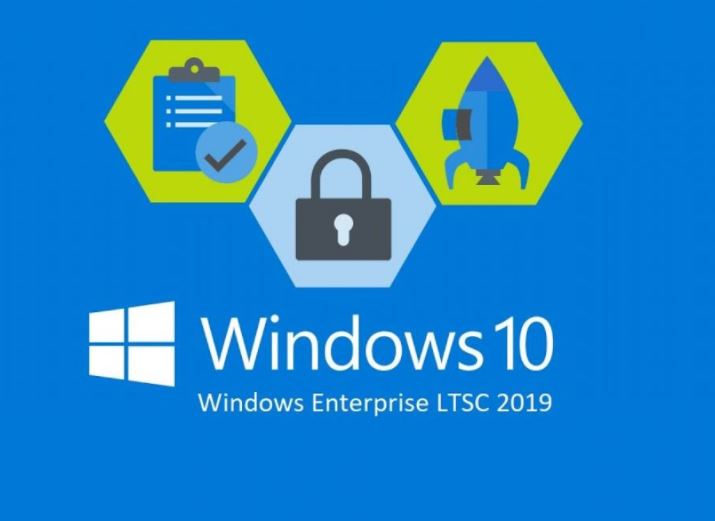In yesterday’s post, I explained the role of the Semi-Annual Channel (SAC). Indeed, it’s the most apt Windows 10 release for everyday use in most cases. In that discussion, the Long-Term Servicing Channel, aka, LTSC also came in for mention. I’ve just participated in an interesting TenForums thread on this topic. It raises the question of how to get an ISO for this channel, for which I helped find an answer. It also raised a broader question: LTSC, What is it, and when should it be used? This leads in turn to likely Windows 10 LTSC usage scenarios.
What Are Likely Windows 10 LTSC Usage Scenarios?
The preceding link is a 2018 Windows IT Pro Blog post from John Wilcox, He’s a “Windows-as-a-Service” evangelist at Microsoft. In that post he explains (and illustrates) one major LTSC use class:
devices purchased with Windows 10 IoT Enterprise pre-installed. Examples … include kiosks, medical equipment, and digital signs, i.e. use cases where devices are commonly treated as a whole system and are, therefore, “upgraded” by building and validating a new system, turning off the old device, and replacing it with a new, certified device.
He also goes on to explain for such systems that Microsoft
designed the LTSC with these types of use cases in mind, offering the promise that we will support each LTSC release for 10 years–and that features, and functionality will not change over the course of that 10-year lifecycle.
Understanding the LTSC Release Cadence
MS deliberately slow-walks LTSC releases to the delivery stage. Wilcox explains that a new release is created on a three-year cycle. In fact, “each release contains all the new capabilities and support included in the Windows 10 features updates … released since the previous LTSC…” Thus, LTSC releases use a year to identify themselves. Recent examples include Windows 10 Enterprise LTSC 2016 and 2019.
Changing Times vs. No Change
Wilcox is pretty adamant that only those scenarios where no change is anticipated over a system’s useful life are truly suitable for LTSC. That means: no new peripherals, no new applications, no new devices and capabilities. Anything different is a strong argument to use the SAC instead. Embedded or dedicated systems often qualify, but little else fits that bill. End of story.
[Note Added February 10:] 2022 LTSC Preview
Good timing. Just saw a notice at TenForums that a new Preview Build 20292 for LTSC 2022 is out: get all the details at the Announcing item. Glad to see MS is still at work on what’s next for LTSC. Be sure to check it out, if this is in your wheelhouse.
